Pescado a la Veracruzana 1952 (Veracruz-style Fish)
Few dishes capture the vibrant fusion of Mexican and Spanish flavors quite like Pescado a la Veracruzana. This coastal classic from Veracruz combines tender fish with a bright, briny sauce of tomatoes, olives, capers, and aromatic spices—a true reflection of the region’s history and diverse influences.
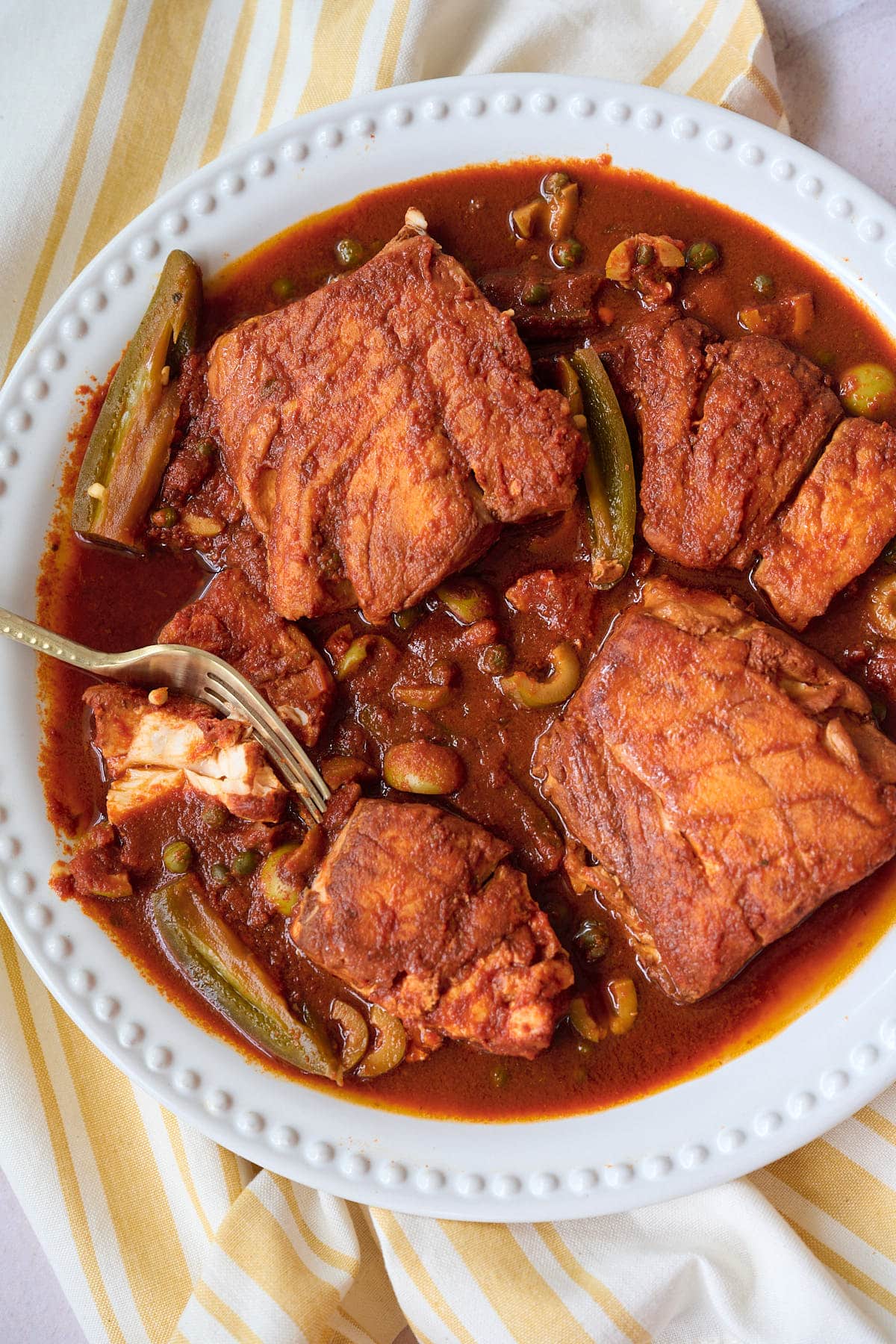
About Cocina Mexicana de Abolengo
This recipe comes from Cocina Mexicana de Abolengo by Josefina Velázquez de León, originally published in 1952 by her own publishing house, Academia Cocina y Repostería Velázquez de León.
The book celebrates Mexican cuisine while also acknowledging the influences of Spain, France, and Italy during that period. In her introduction, Josefina notes that “our ancestors have expanded and adapted European cuisine to Mexican customs, incorporating elements that are just as good, if not better, than those of Europe.” This particular recipe may not be traditionally Mexican, but it reflects the culinary landscape of its time.
Josefina Velázquez de León, Cocina Mexicana de Abolengo (México, D.F.: Academia Cocina y Repostería, Velázquez de León, 1952), 111-112.
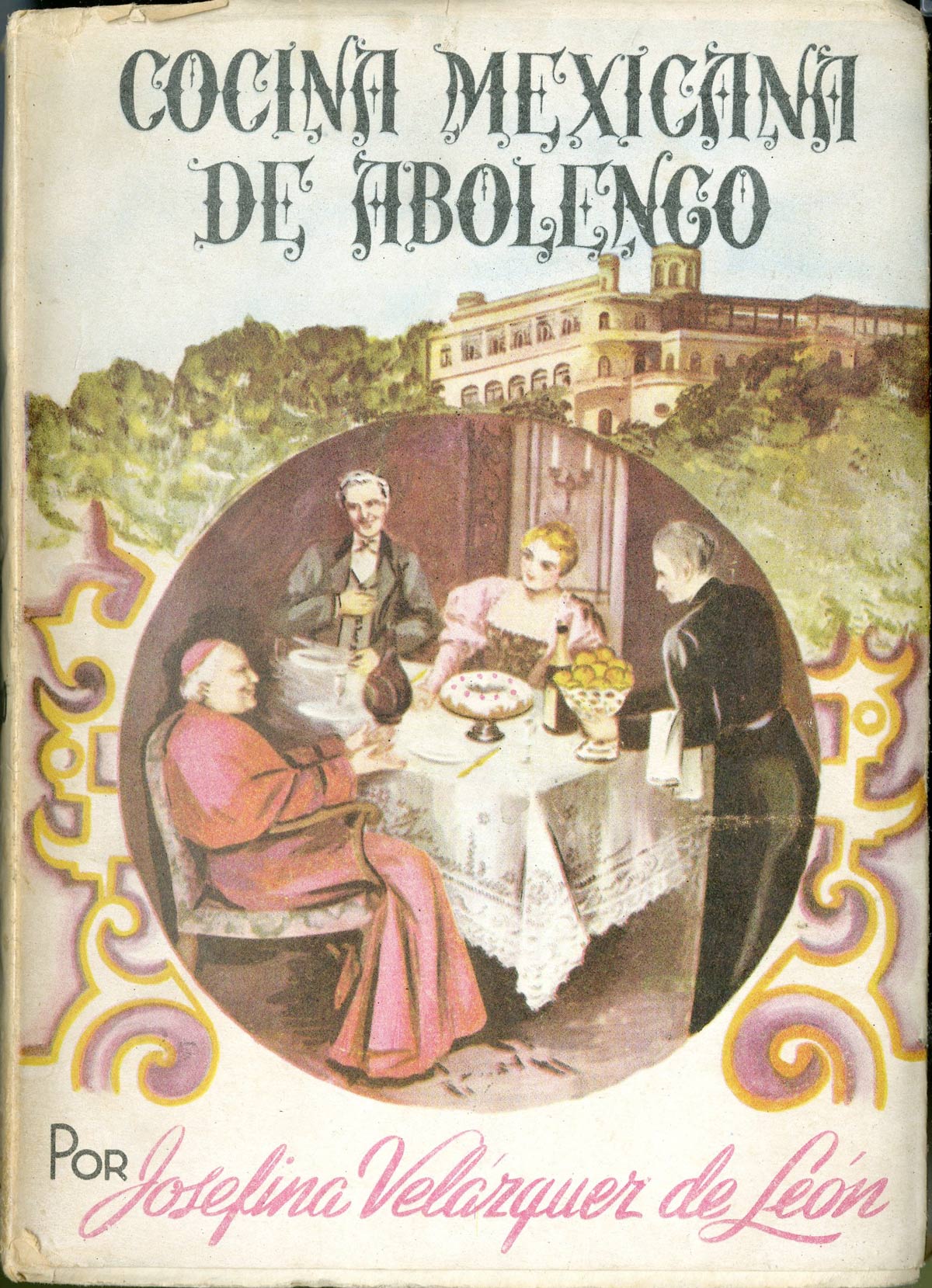
About Josefina Velázquez de León
Josefina Velázquez de León could easily be considered Mexico’s first celebrity chef. Between 1930 and 1960, she published over 140 cookbooks, ran a cooking school in Mexico City, hosted a TV show, wrote a magazine column, and even founded her own publishing house.
She was a trailblazer in celebrating regional cuisine, traveling across the country to highlight the diverse flavors of every state while giving credit to the women behind the recipes. The UTSA Special Collections Library houses nearly all of Josefina’s works—schedule a visit today!
History Behind the Dish
The state of Veracruz is located on in eastern Mexico on the Gulf Coast. It is Mexico’s largest producer of cattle and contains significant oil reserves, but perhaps more significantly for its culinary history, it also contains Mexico’s most important commercial port. [1] The original landing spot of Hernán Cortés, Veracruz has long had strong ties to Spain’s settlements in the Caribbean, and thereby to both Europe and Africa. Its cuisine developed in the context of both temperate and tropical imported crops: almonds, grapes, cilantro, limes, chard, cabbage, sugar cane and plantains. [2]
Seafood plays a particularly important part in Veracruzan food, and cookbook author Zarela Martínez calls Huachinango a la Veracruzana (Red Snaper Verracruz Style) “Veracruz’s most celebrated contribution to world cuisine,”[3] while culinary maven Diana Kennedy notes that it is “the best known and favorite Mexican fish dish.”[4] Its unique mix of olives, capers, and pickled chiles complements the delicate texture of red snapper or any white fish.

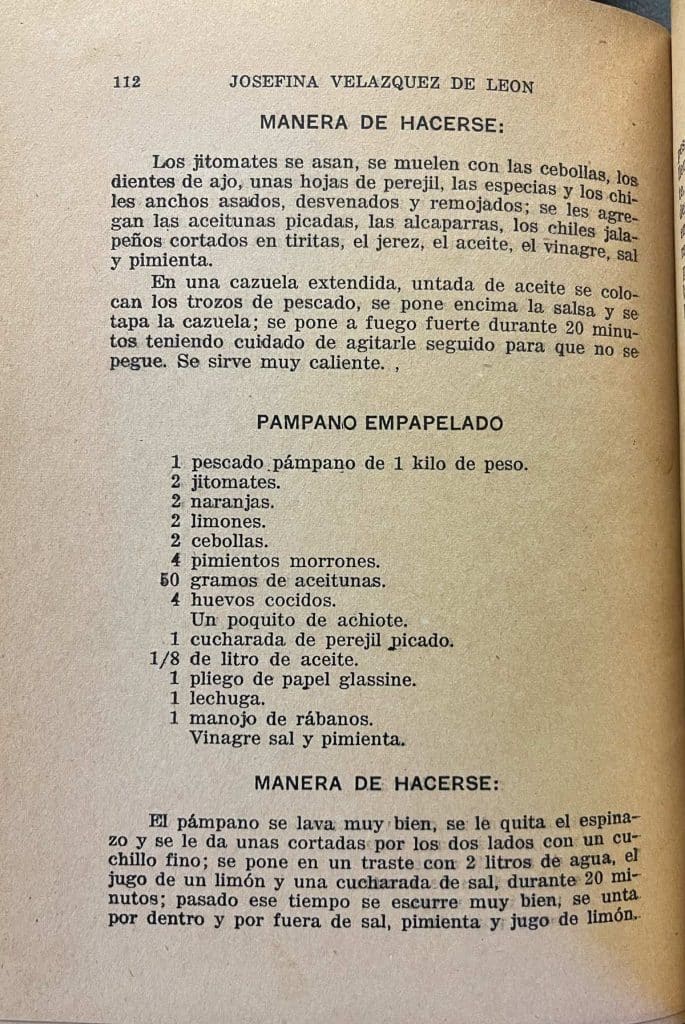
Original Recipe
Pescado a la Veracruzana
- 1 kilo de pescado huachinango o robalo en trozo
- 750 gramos de jitomate
- 3 dientes de ajo
- 1 raja de canela
- 2 clavos de especial
- 3 pimientas gruesas
- 2 chiles anchos
- 75 gramos de aceitunas
- 50 gramos de alcaparras
- 8 chiles jalapeños en vinagre
- 50 gramos de alcaparras
- 8 chiles jalapeños en vinagre
- Orégano, perejil
- Sal y pimienta
Manera de Hacerse:
Los jitomates se asan, se muelen con las cebollas, los dientes de ajo, unas hojas de perejil, las especias y los chiles anchos asados, desvenados y remojados; se les agregan las aceitunas picadas, las alcaparras, los chiles jalapeños cortados en tiritas, el jerez, el aceite, el vinagre, sal y pimiento.
En una cazuela extendida, untada de aceite se colocan os trozos de pescado, se pone encima la salsa y se tapa la cazuela; se pone a fuego fuerte durange 20 minutos teniendo cuidado de agitarle seguido para que no se pegue. Se sirve muy caliente.
Translated Recipe
Veracruz-style Fish
- 2 pounds of red snapper or sea bass in pieces (substitute any firm white fish, such as cod or pollock)
- 1 2/3 pounds tomatoes
- Salt and pepper
- 2 onions
- 3 cloves of garlic
- 1 cinnamon stick
- 2 cloves
- 3 large peppercorns
- 2 ancho chiles
- 28 green olives
- 3 tablespoons capers
- 8 jalapeno chiles in vinegar
- 1 tablespoon sherry (or water)
- Oregano, parsley
Method of Preparation:
- Toast the ancho chiles in a dry skillet, then de-seed and re-hydrate in hot water for 10 minutes.
- Roast the tomatoes. Grind with onions, garlic, parsley leaves, spices, and ancho chiles.
- Add chopped olives, capers, jalapeño chiles cut into strips, sherry, oil, vinegar, salt and pepper.
- In a large saucepan, heat some oil. Place pieces of fish in the pan, add the sauce, and cover the pan.
- Cook over a medium-high heat for 20 minutes, taking care to stir periodically to avoid sticking. Serve while very hot.
How to Make Veracruz Style Fish Step By Step
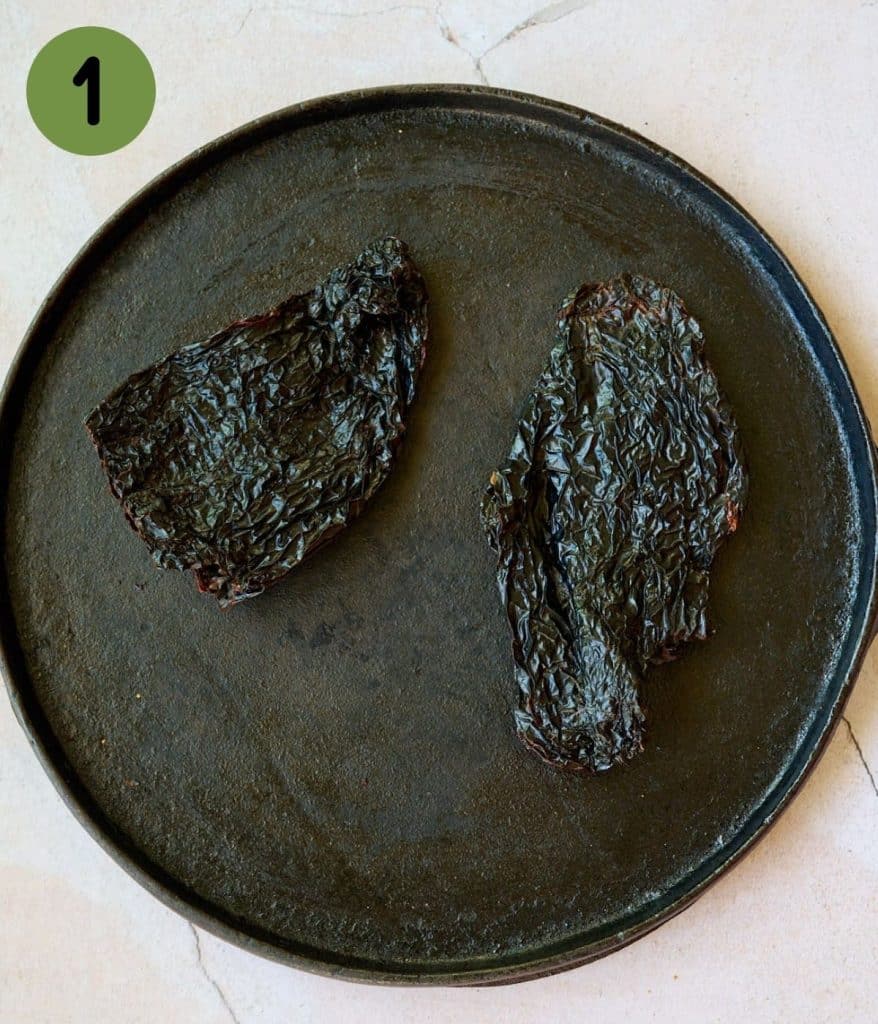
Toast chile ancho.
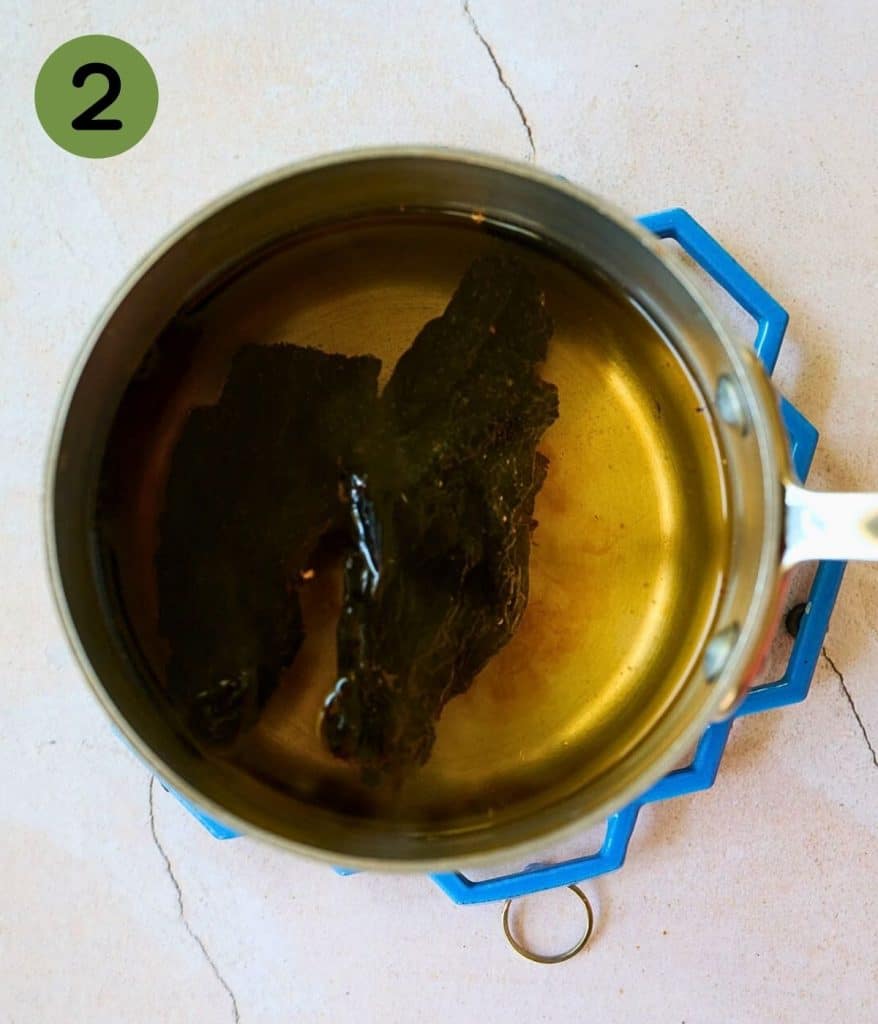
Rehydrate them in hot water for 10 minutes.
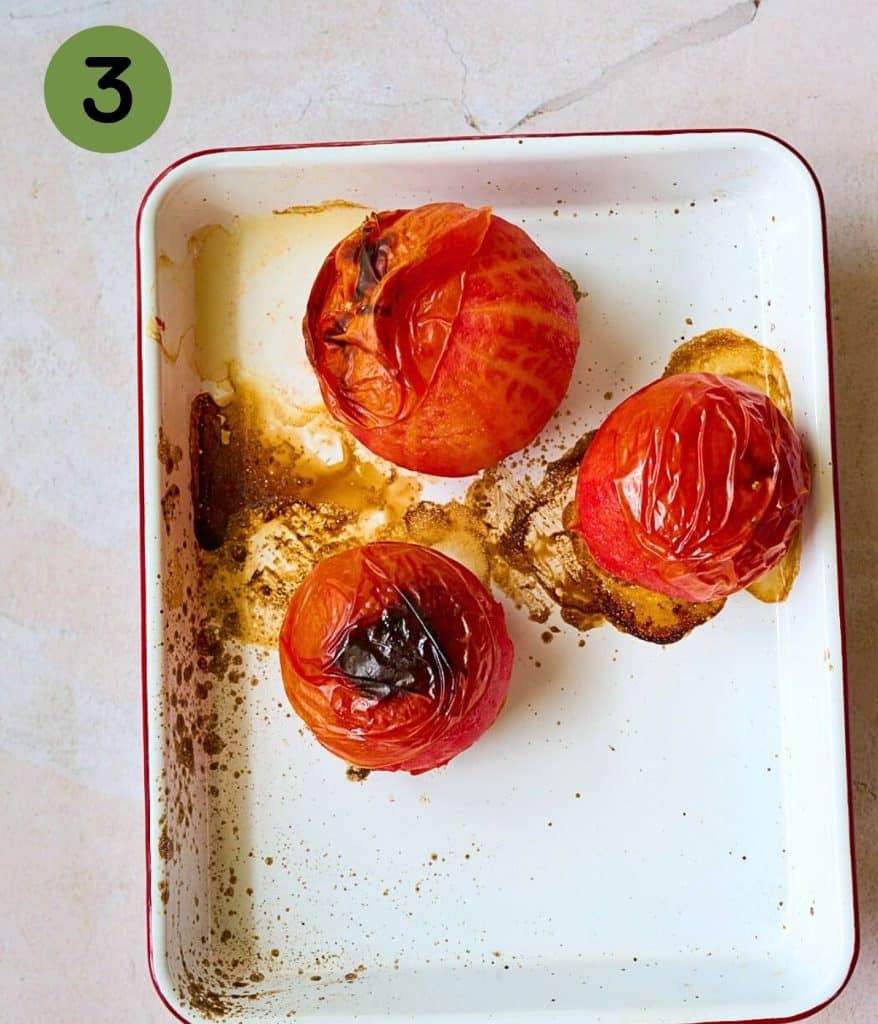
Roast tomatoes until they have black spots all over.
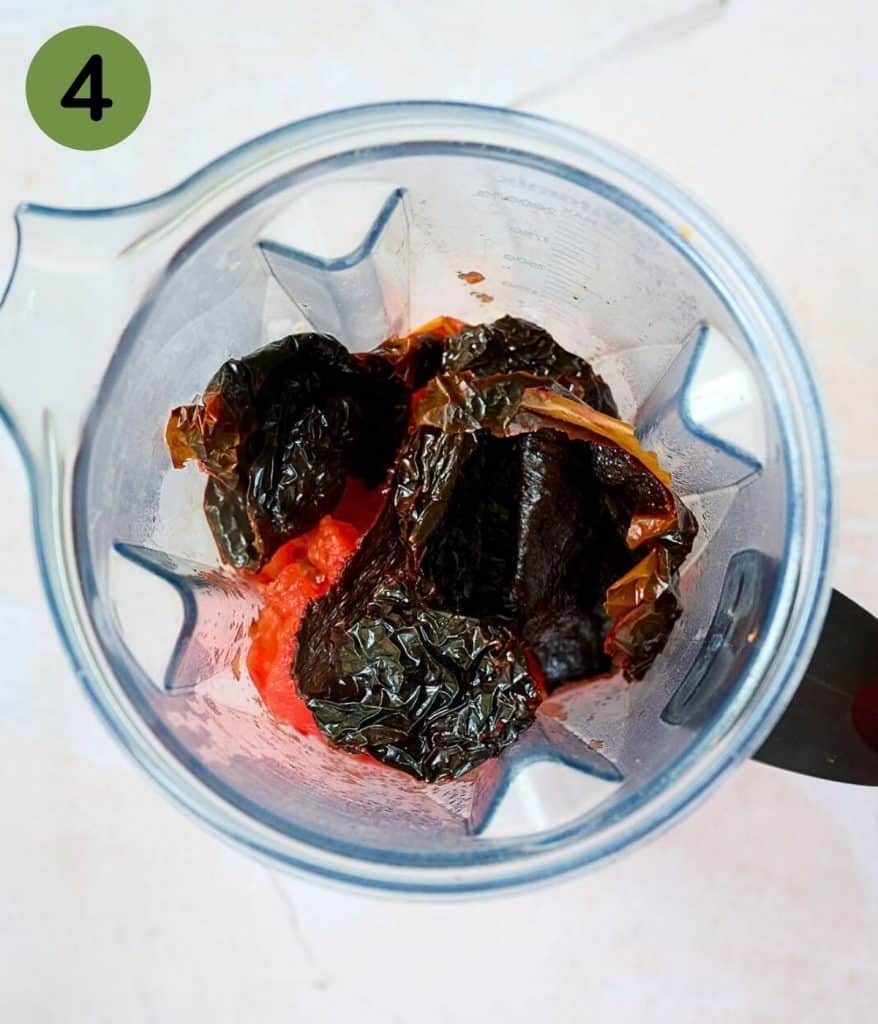
Transfer to the blender with the chiles, onion, garlic, and spices.
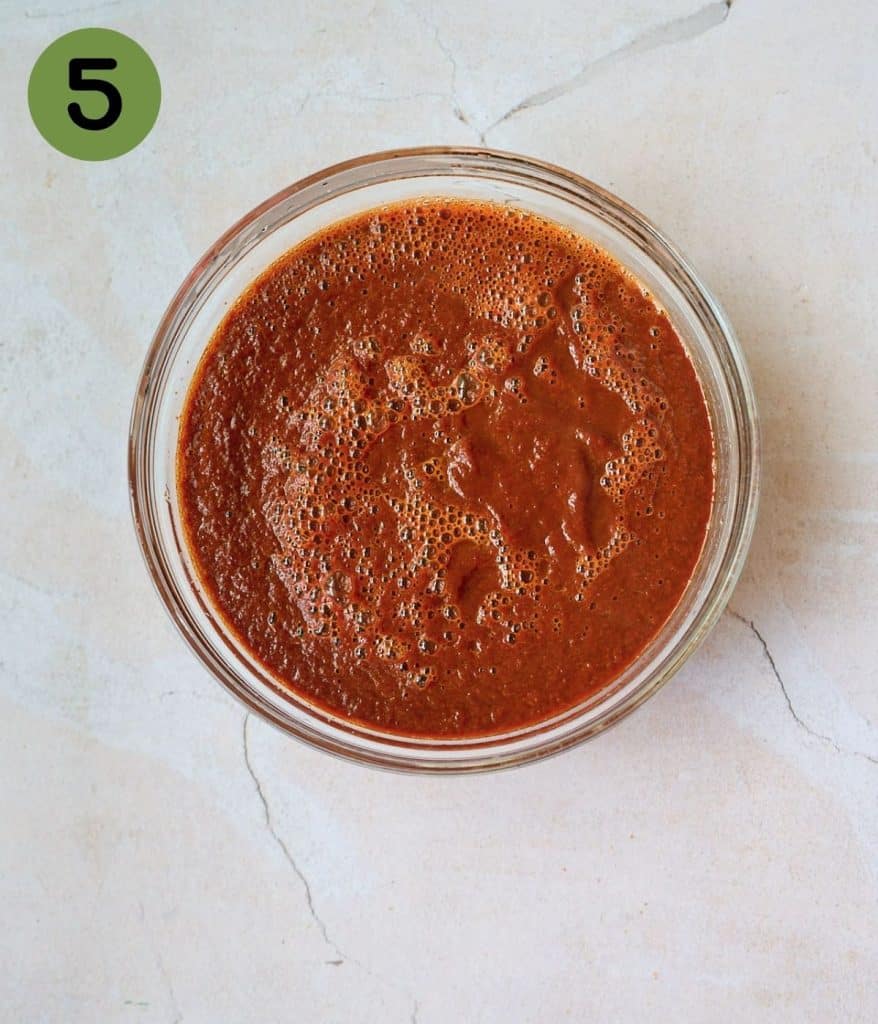
Blend until smooth.
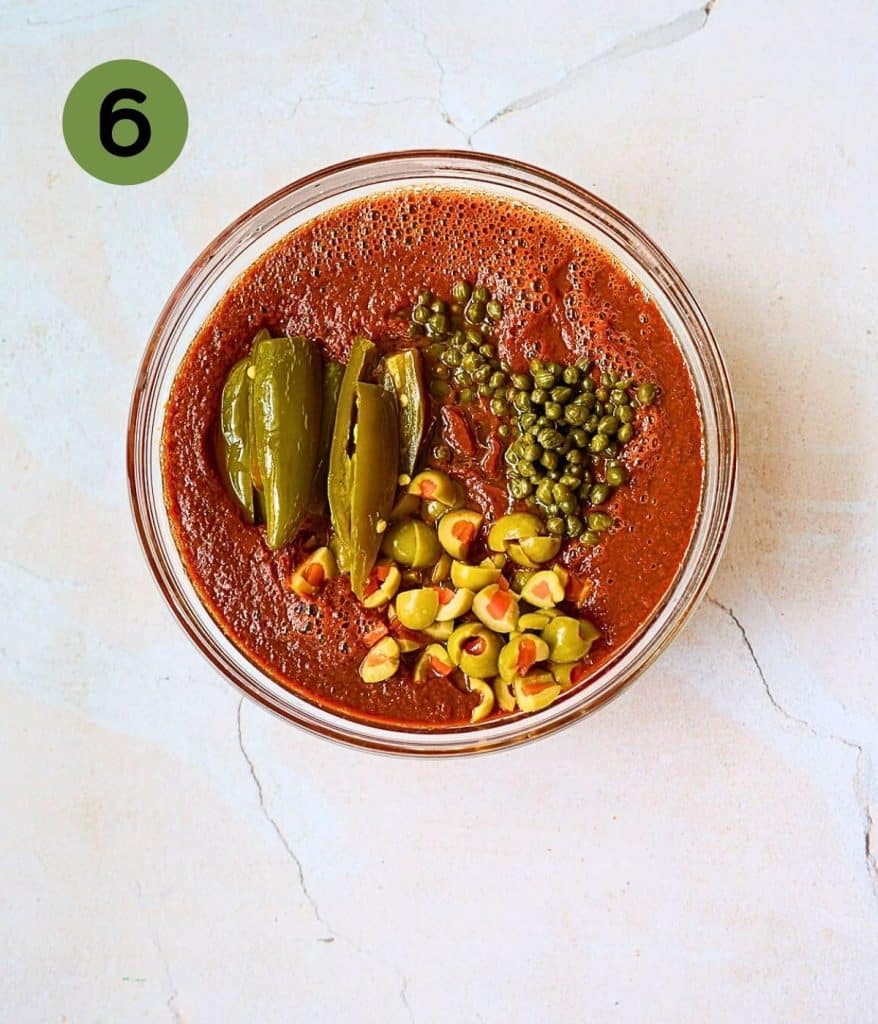
Add chopped olives, capers, jalapeño chiles cut into strips, sherry, oil, vinegar, salt and pepper.
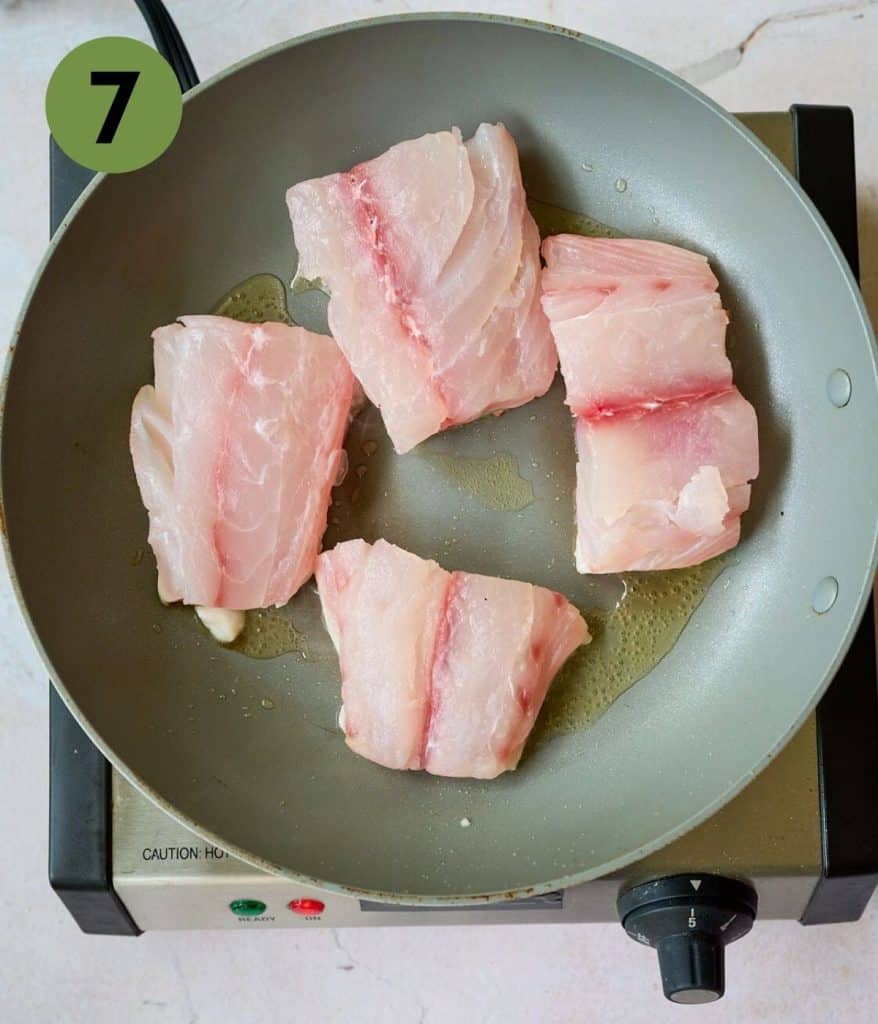
In a large saucepan, heat some oil. Place pieces of fish in the pan.
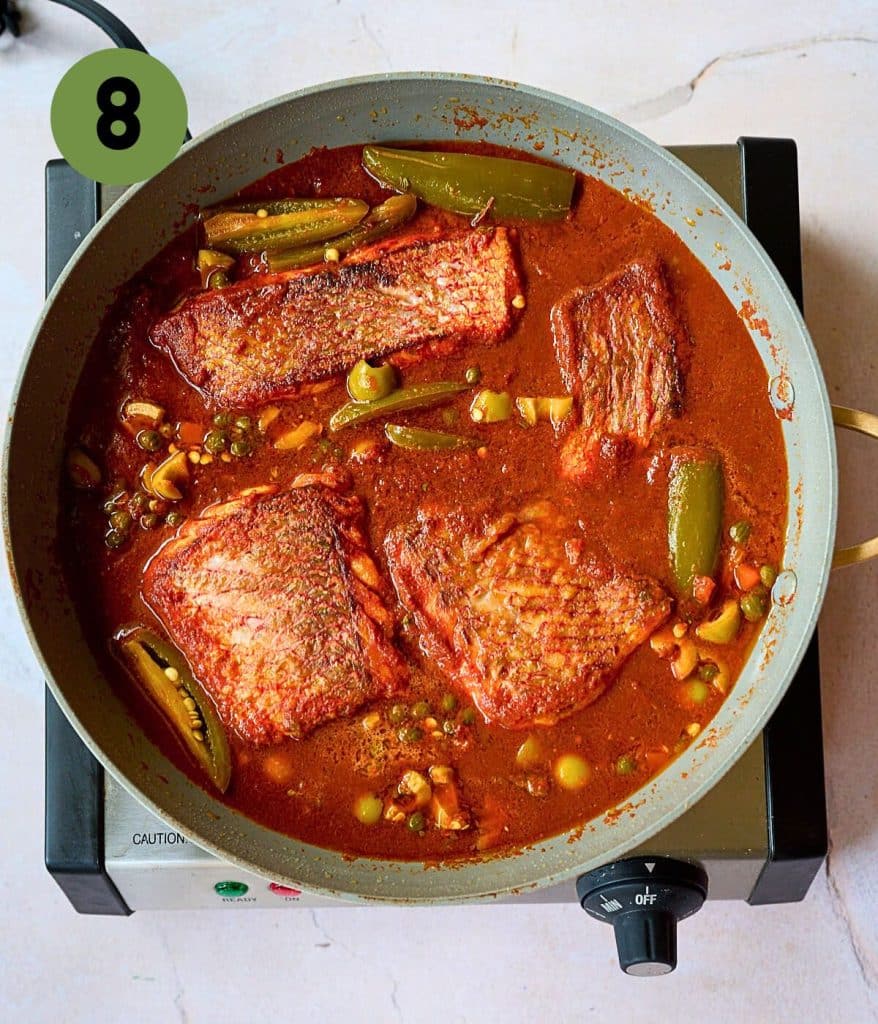
Add the sauce, and cover the pan. Cook for 20 minutes.
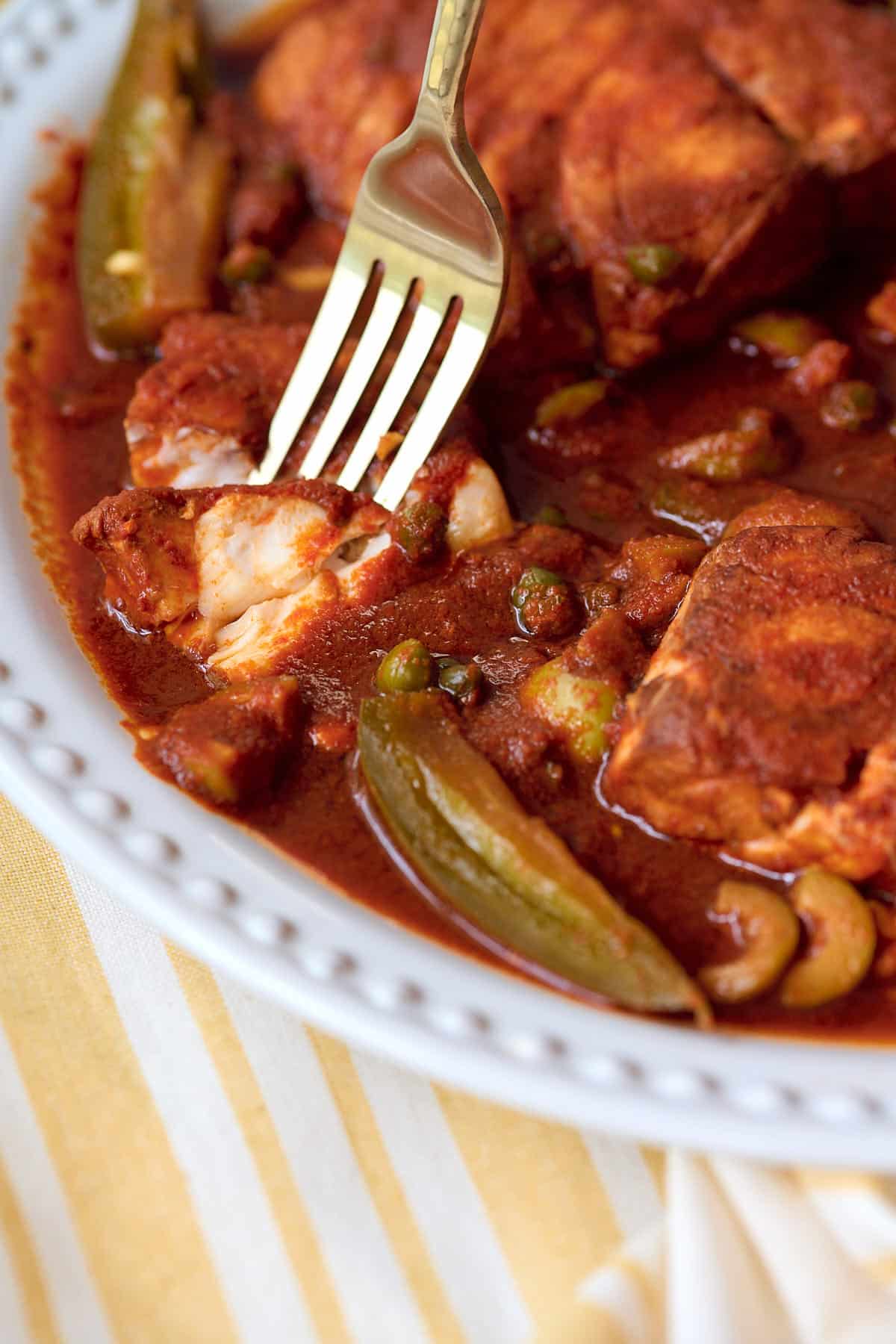
Serving
Serve hot with rice.
Storing
Store in an air tight container in the fridge for up to 3 days.
Other Recipes from Cocina Mexicana de Abolengo


Veracruz-style Fish
Ingredients
- 2 pounds of red snapper or sea bass in pieces substitute any firm white fish, such as cod or pollock
- 1 2/3 pounds tomatoes
- Salt and pepper
- 2 onions
- 3 cloves of garlic
- 1 cinnamon stick
- 2 cloves
- 3 large peppercorns
- 2 ancho chiles
- 28 green olives
- 3 tablespoons capers
- 8 jalapeno chiles in vinegar
- 1 tablespoon sherry or water
- Oregano parsley
Instructions
- Toast the ancho chiles in a dry skillet, then de-seed and re-hydrate in hot water for 10 minutes.
- Roast the tomatoes. Grind with onions, garlic, parsley leaves, spices, and ancho chiles.
- Add chopped olives, capers, jalapeño chiles cut into strips, sherry, oil, vinegar, salt and pepper.
- In a large saucepan, heat some oil. Place pieces of fish in the pan, add the sauce, and cover the pan.
- Cook over a medium-high heat for 20 minutes, taking care to stir periodically to avoid sticking. Serve while very hot.
References
[1] Don M. Coerver, Suzanne B. Pasztor, and Robert Buffington, 2004, Mexico: An Encyclopedia of Contemporary Culture and History. (ABC-CLIO, 2004. eBook Collection (EBSCOhost)), accessed November 6, 2012.
[2] Zarela Martínez, Anne Mendelson, Zarela’s Veracruz (Boston: Houghton-Mifflin, 2001), 3-4.
[3] Ibid., 182.
[4] Diana Kennedy, The Essential Cuisines of Mexico (New York: Clarkson Potter, 2000), 368.

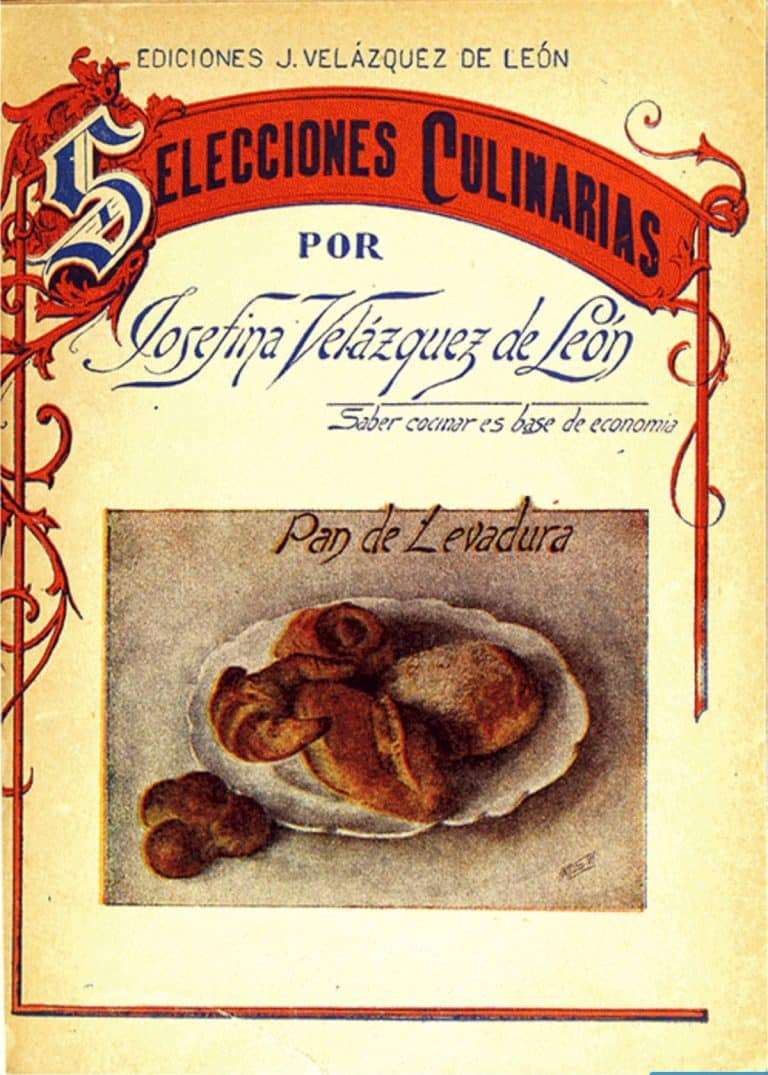
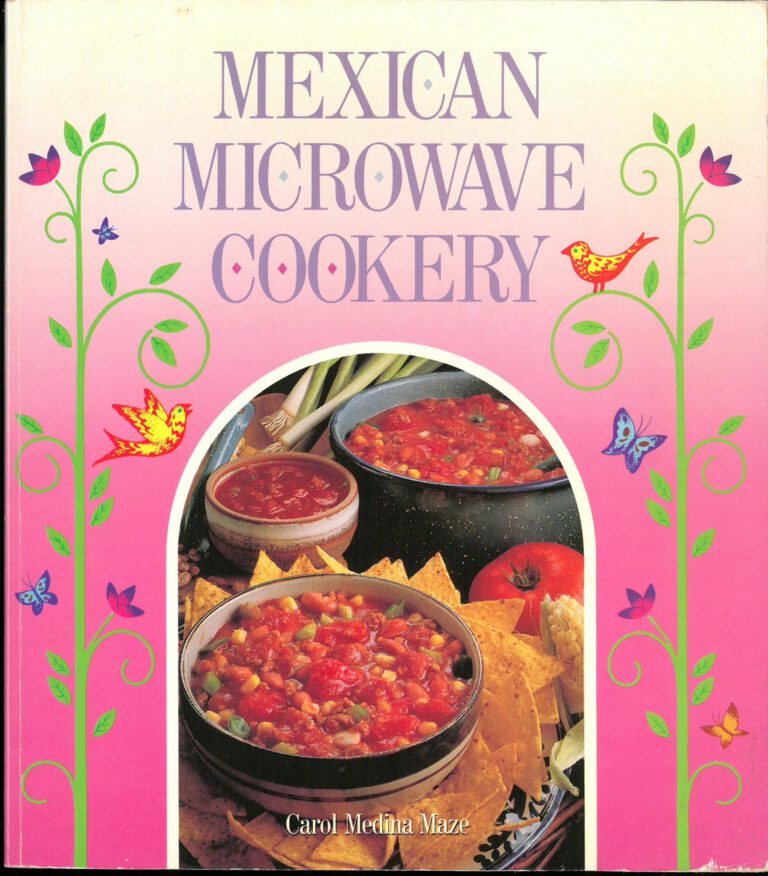
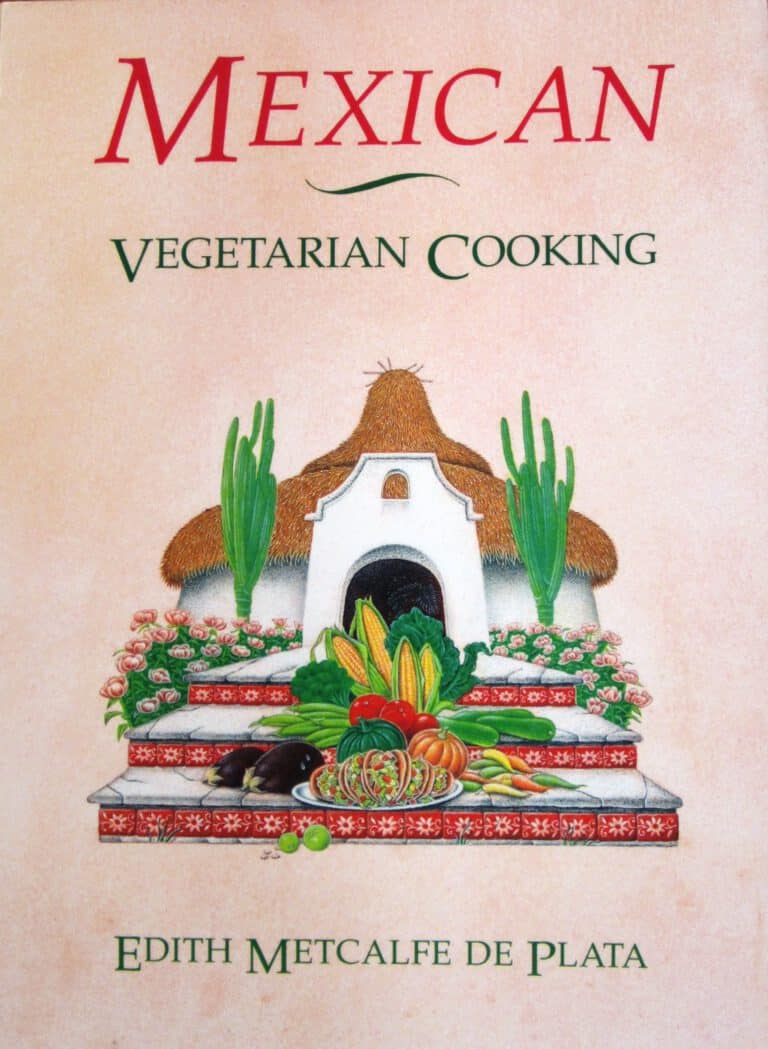
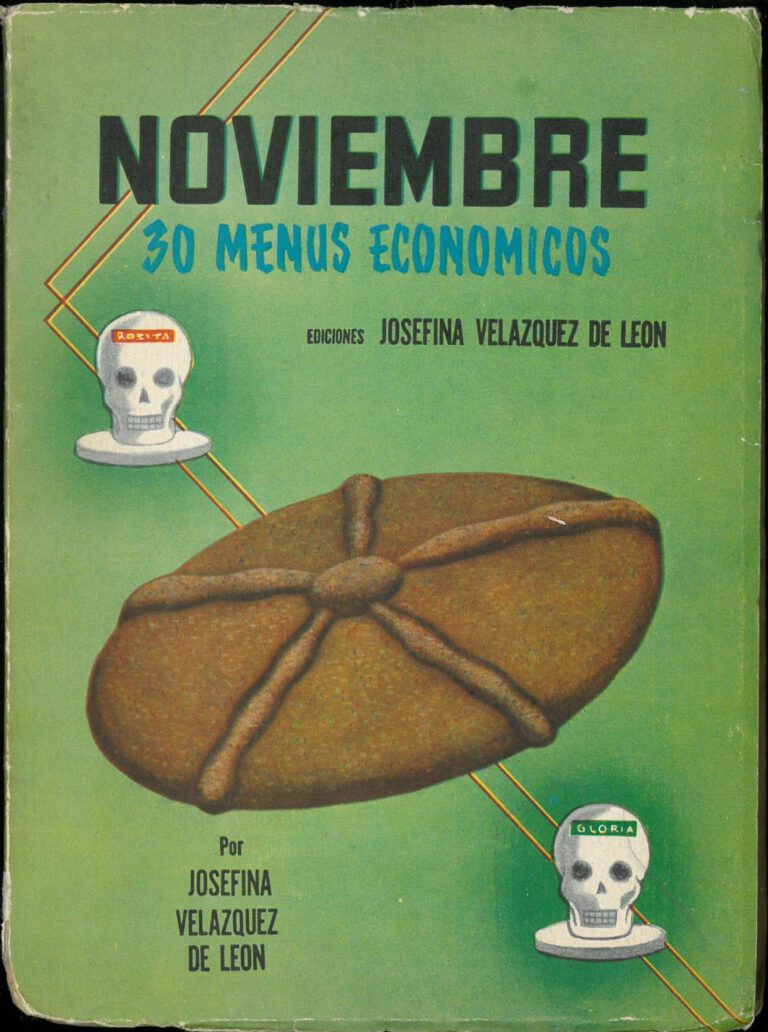
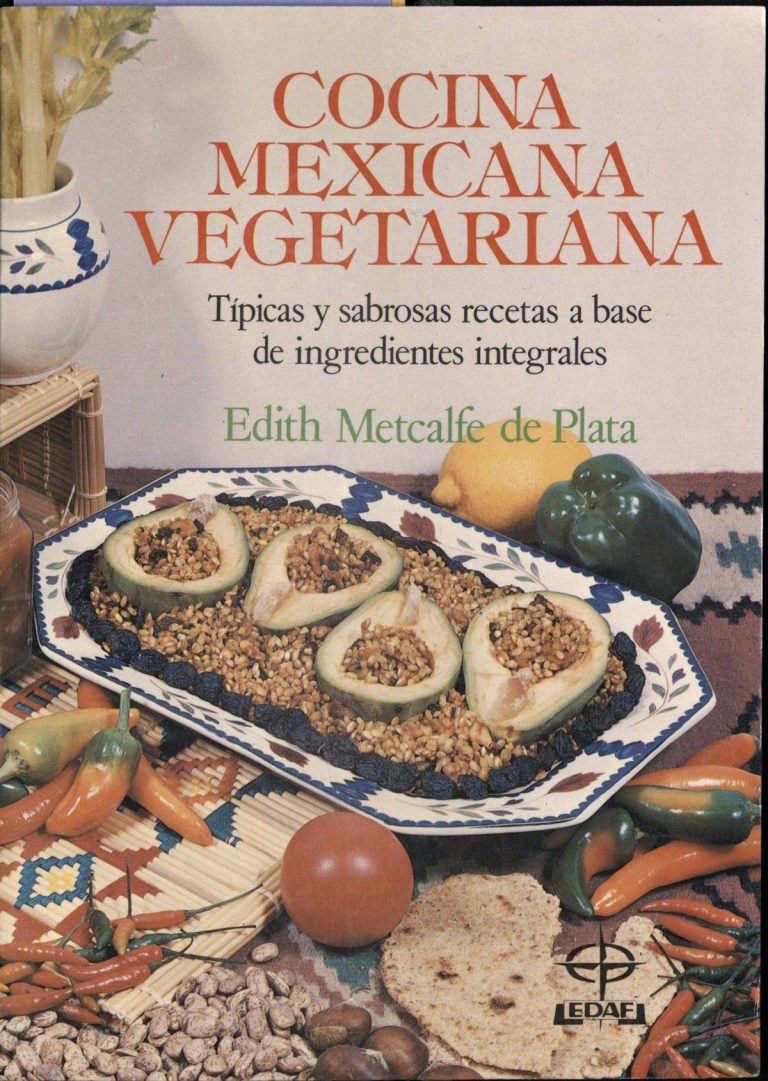
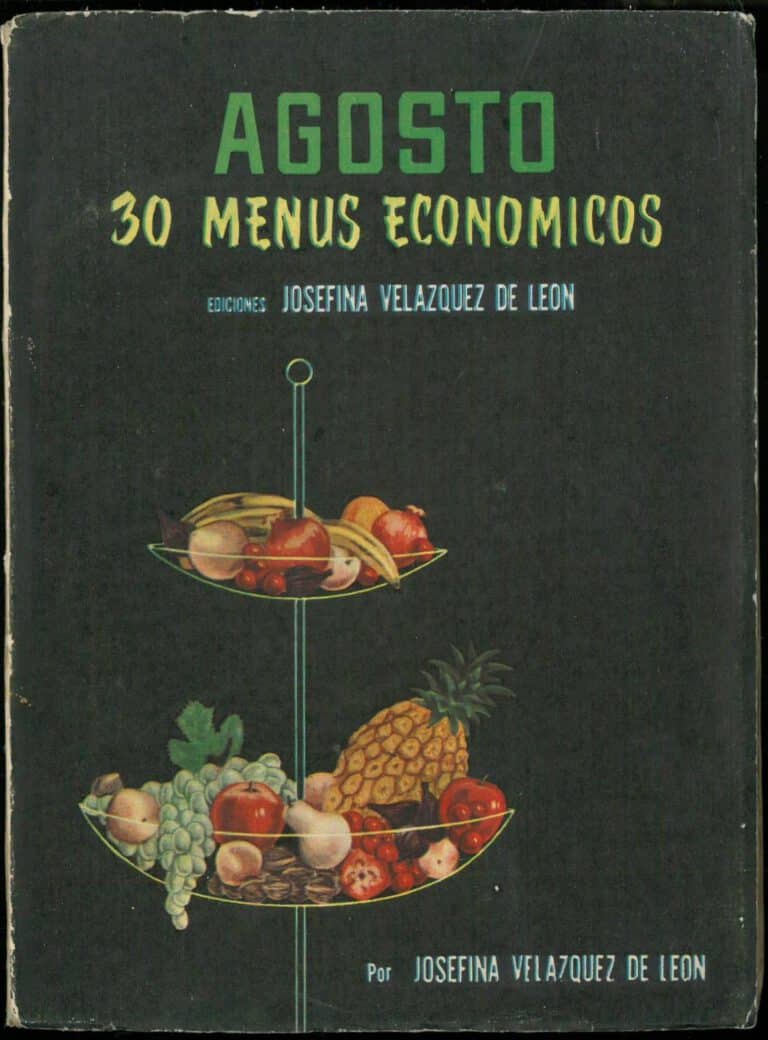
2 Comments